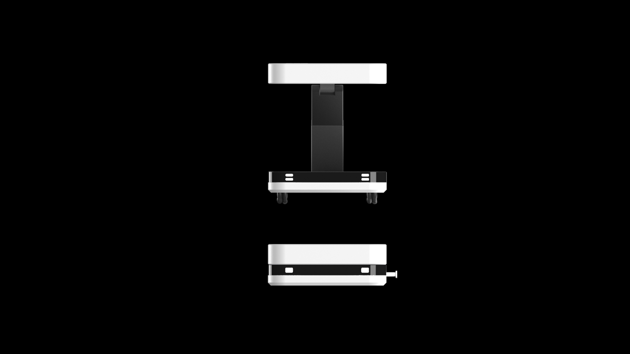CADI
Carpentry is physically demanding, requiring heavy lifting and working in different positions with various tools. Therefore, ergonomics are crucial. My project explores how modern technology can innovate tool carriers, moving away from traditional garments. I aimed to create a solution that reduces the physical strain on carpenters while maintaining efficiency and gear accessibility. The result is an autonomous toolbox that folds and can be carried to a designated area on a worksite. This toolbox stays close to the user, providing direct access to tools, balancing the need to minimize the number of tools carried while maximizing efficiency.
Background
Carpenters use a wide variety of heavy equipment, leading to common work-related injuries. These injuries result from repetitive lifting and carrying multiple tools, which strains the body and limits movement. Over time, this can seriously impact a carpenter’s health. On larger worksites, tool carts are the typical solution, offering a large rolling drawer system. However, these carts are inefficient and typically in the way, requiring the user to go back and forth to retrieve and switch out gear.
Method
First, I conducted desk research on existing tool-carrying systems and their usage by carpenters on worksites. I also observed carpenters in action at a renovation project. After discussing with my supervisors, I decided to explore the integration of modern technologies into creating efficient tool-carrying solutions. The design process began with brainstorming on post-it notes and creating cardboard models to grasp scale and usage scenarios. Throughout this phase, I focused on defining the essential functions of my solution and deciding how they could be integrated in the best way possible. Continuous communication with both users and supervisors from Snickers allowed me to refine the design until reaching a final solution.
Result
CADI is a smart toolbox that can be carried to enable mobility as well as following the user. By staying close, it provides direct access to equipment, thereby minimizing the need for carrying many tools while maximizing efficiency. To perceive its environment, CADI uses a LiDAR sensor combined with stereo cameras. The main usage of the system will be on larger worksites with more planar surfaces. This solution makes a carpenter's workflow more effective, in addition to reducing the physical burden on the user.
In collaboration with:

















